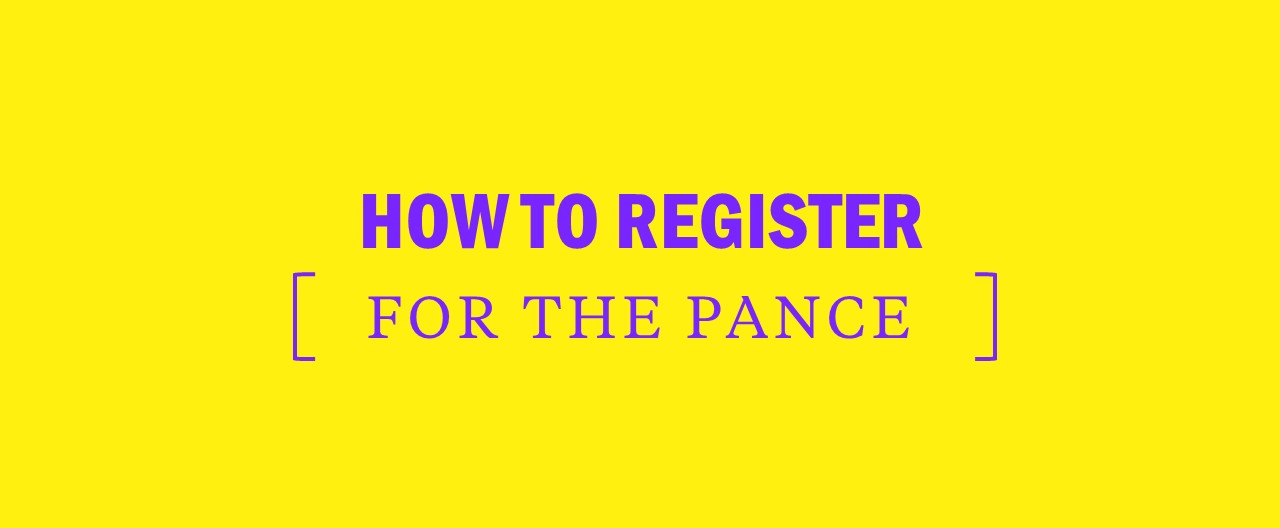Top Tips for Effective PANCE Studying
Merely going through the material does not enable you to successfully apply the learned material to test items. Use your time strategically, and systematically work to address what you don’t know, using practice questions to test how well you can apply what you are studying rather than simply studying in isolation from application.
Begin test preparation by scanning lecture notes and then the text. Think about what the lecturers emphasized. Make a list of key study objectives—primary topics—and aim to know them extremely well, a secondary group of topics and aim to know them pretty well, and a third group and aim to be familiar with but not obsess about if time runs short. Then study your notes and review sections that you highlighted or pulled out of the textbook when you read it initially. After completing your review of a topic on your study objectives list, quiz yourself with questions related to that topic, analyze your mistakes, and review aspects you don’t understand. And then move down your list to the next topic. Take a practice test similar in length to the real exam and allow the same amount of time to complete it as you will have on test day. After scoring the practice test, analyze your errors and clarify any still-problematic aspects.
Actively Engage with the Material
Effective studying requires that you stay mentally engaged with the content. But how can you learn to stay engaged? You have to do something with what you are reading. Here are some methods:
- Transform the material by extracting key aspects into a briefer, personally meaningful version.
- Use arrows and boxes to diagram a process.
- Stop after reviewing a topic and summarize it out loud.
- Do practice questions that relate to what you just read, and clarify any misunderstandings or forgotten elements by searching your notes or the textbook.
- If you must know features of various viruses, bacteria, or drugs, make flash cards with the name on one side and brief lists of key features on the flip side. Look at the name side of the card, and try to recite the features. Highlight or make a checkmark by features you failed to recall. Do card sorts by posing a Task, such as “Find all the bacteria that can cause respiratory infections.” Next, scan the features side of the cards to see if you can accurately recall the names associated with each list of features. Again, make a mark by the names of those you have trouble with.
Study methods that require you to make judgments about the material, express it in your own words, show linkages between things, or mimic the demands of actual test items are all effective techniques for actively engaging with the material.
Study Tip
Passive study methods are deceptive in that you tend to assume that you know, when in reality, you merely followed along and recognized the material as familiar. If what you do when you study results in frequent nodding off or mind wandering, then you need to change your methods.
Methods of Remembering
Everyone must deal with the forgetting problem because there is so much to review that whatever you study first is going to fade away to some degree by the time you finish studying everything else. To combat this problem, create a greatly condensed summary of notes that you can use to refresh your memory during the final weeks or days before the examination.
Tackling practice questions on a regular basis that cover all previously reviewed material is another tried and true method of keeping material fresh in memory. If you don’t address the forgetting issue, your performance will reflect how recently you studied each area, with earlier topics yielding a lower performance than the topics you studied closer to test day.
Practice What You Learn
If you are serious about doing well on the PANCE (and future examinations), adopt the “questions all along” approach, that is, use practice questions regularly to determine what you know versus what you need to work on. Saving the use of practice questions to the very end (or even worse, never doing any at all) is analogous to preparing to run in a marathon by reading about marathon running, perhaps watching people running marathons, talking with your friends about how you plan to run, but never actually hitting the pavement.
Knowing When You’re Ready
The final aspect of a solid study plan is determining if you are test-ready. The most reliable way to do this is to take a practice test that is as similar as possible to the testing conditions you will face on test day. This means that if the items are all mixed together, then your simulation test should also mix up the items among subjects. If you have 5 hours to complete 300 items on test day, then your simulation test should also be taken at that same pace. And, obviously, the items in the simulation must be as similar as possible to those you will see on test day (how you do on the simulation will be a reliable indicator of how you might score on the actual examination).
As mentioned before, you should take this “readiness” simulation exam earlier than the last day or two before your test date, so that you will have time to analyze your errors and clarify any misunderstandings or forgotten elements.

